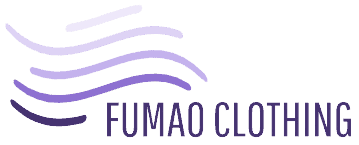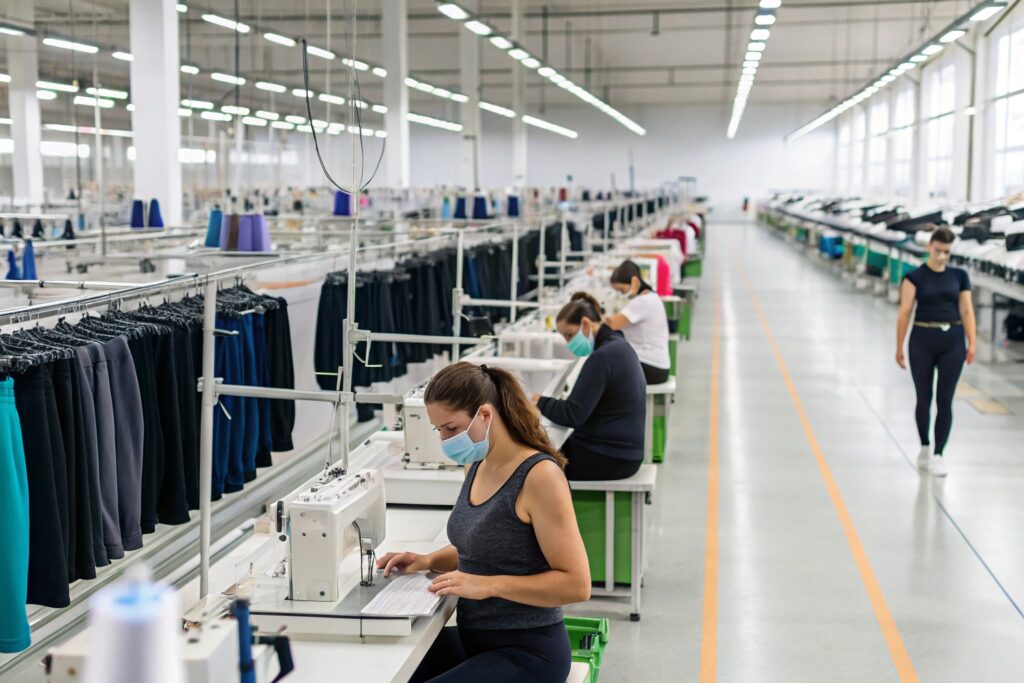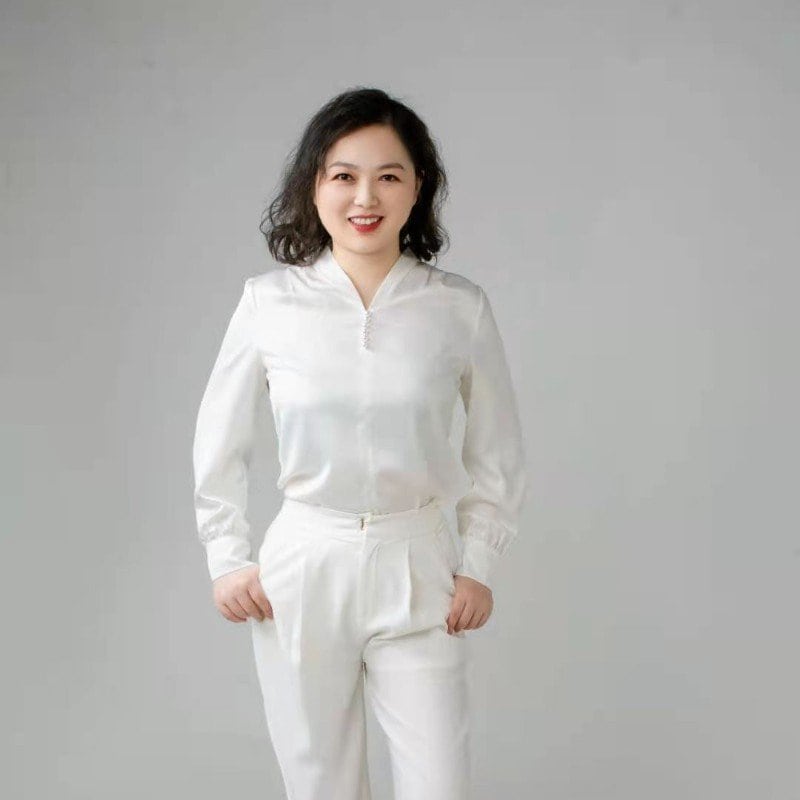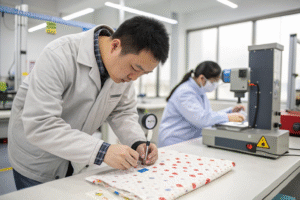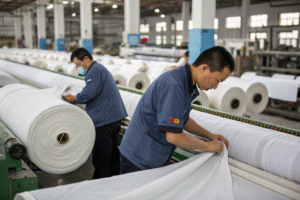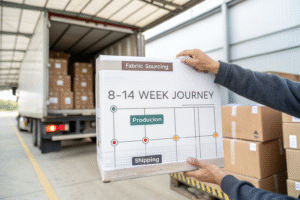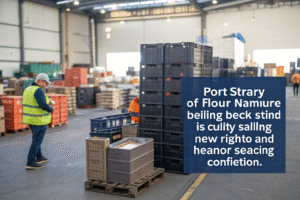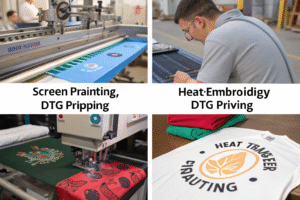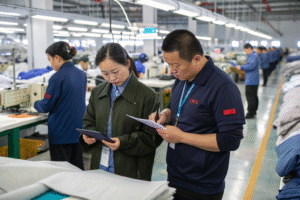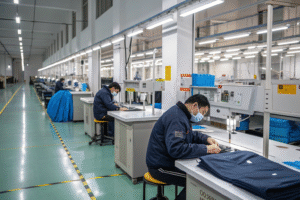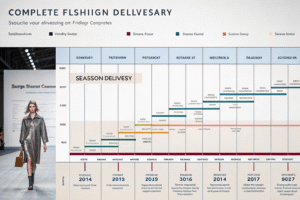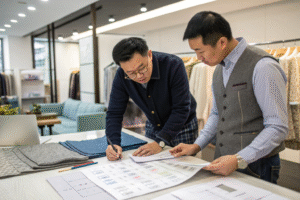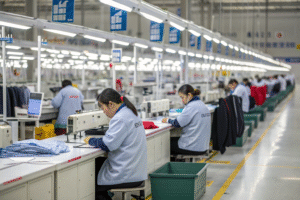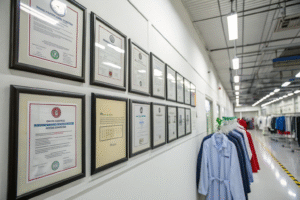If you’re dreaming of launching your own gym wear brand but feel lost about finding a good factory, you're not alone. Many new brands get stuck at this first step.
You can find fitness clothing manufacturers through online searches, trade shows, sourcing platforms, or direct referrals. Vet suppliers carefully by checking certifications, samples, and production capacity.
A reliable manufacturer helps you build quality, scale quickly, and avoid costly mistakes. That’s why understanding where and how to find one matters more than anything else at the beginning. Let’s break it down step by step.
How do I start my own fitness clothing line?
Many people want to start a fitness brand but don't know what to do first. They might order from Alibaba, find out the quality is bad, and lose money. Or they work with a supplier who disappears halfway.
To start your own gym wear brand, you need a clear design idea, a trustworthy supplier, sample approval, production planning, and smart marketing.
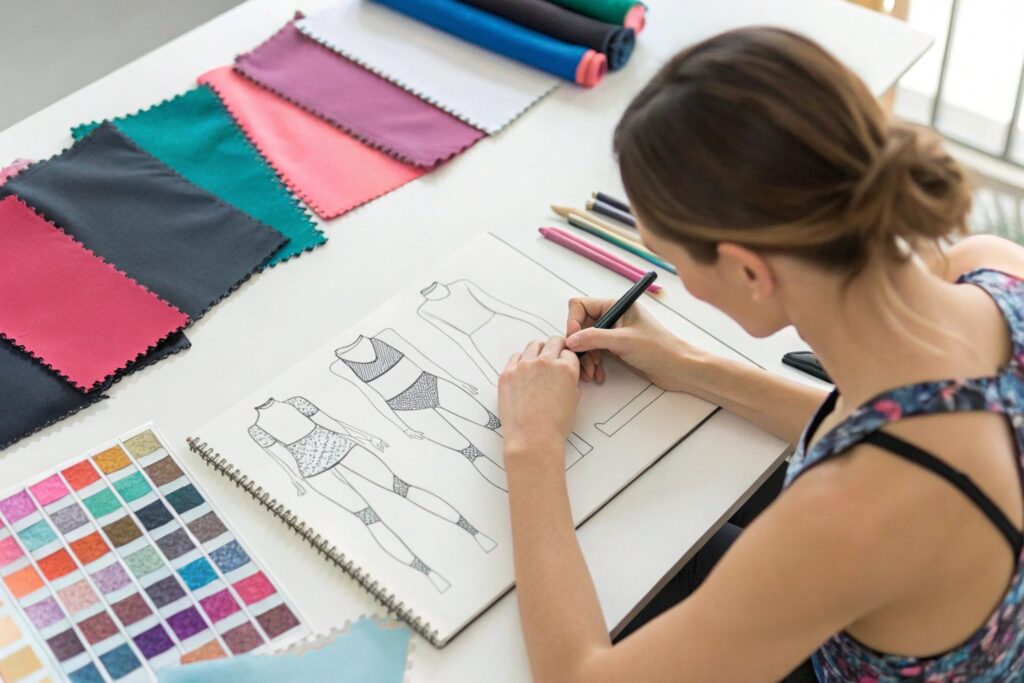
What’s the first step to launch a fitness brand?
Start by understanding who your target customers1 are. Are you selling to women who love yoga, men who do heavy lifting, or college students who wear gym clothes casually? This affects the design, sizing, and marketing. After that, sketch basic designs or collect reference samples. You don't need to be a designer, but you need to show your supplier what you want.
Then, look for a manufacturer like Fumao Clothing. We work with many brands that need small-batch customized gym wear2 with premium fabrics. You’ll need to prepare a tech pack or at least a spec sheet. This includes size chart, fabric details, and logo placement.
I’ve seen people skip sampling to save time. That always ends badly. First get samples, test them, and fix issues. Once everything looks good, go into mass production. Keep in mind logistics, import taxes, and your launch date. Plan backward from your marketing calendar so you don’t miss peak sales seasons.
How can I choose a trusted manufacturer?
You should look for a supplier who:
- Understands gym wear materials (like spandex, nylon, moisture-wicking polyester)
- Offers customization (logo, color, stitching)
- Can provide certifications (OEKO-TEX, BSCI, etc.)
- Has strong reviews or referrals
- Communicates clearly in English
Here’s a sample checklist I use:
| Evaluation Item | Why It Matters |
|---|---|
| Sample Quality | Shows their workmanship and fit |
| Factory Certifications | Ensures ethical and safe production |
| Production Capacity | Helps meet growing demand |
| Lead Time | Impacts launch schedule |
| MOQ | Affects cost and inventory planning |
| Payment Terms | Affects cash flow |
Some factories say yes to everything but ghost you later. That’s why clear agreements and follow-ups are important. Choose a partner that values long-term business, not just one-off orders.
Where does Gymshark make their clothing?
Many buyers think big brands like Gymshark only use local suppliers, but that’s not true. Most of them work with offshore manufacturers.
Gymshark manufactures its fitness apparel in countries like China, Bangladesh, Turkey, and Portugal, depending on the product type and cost.
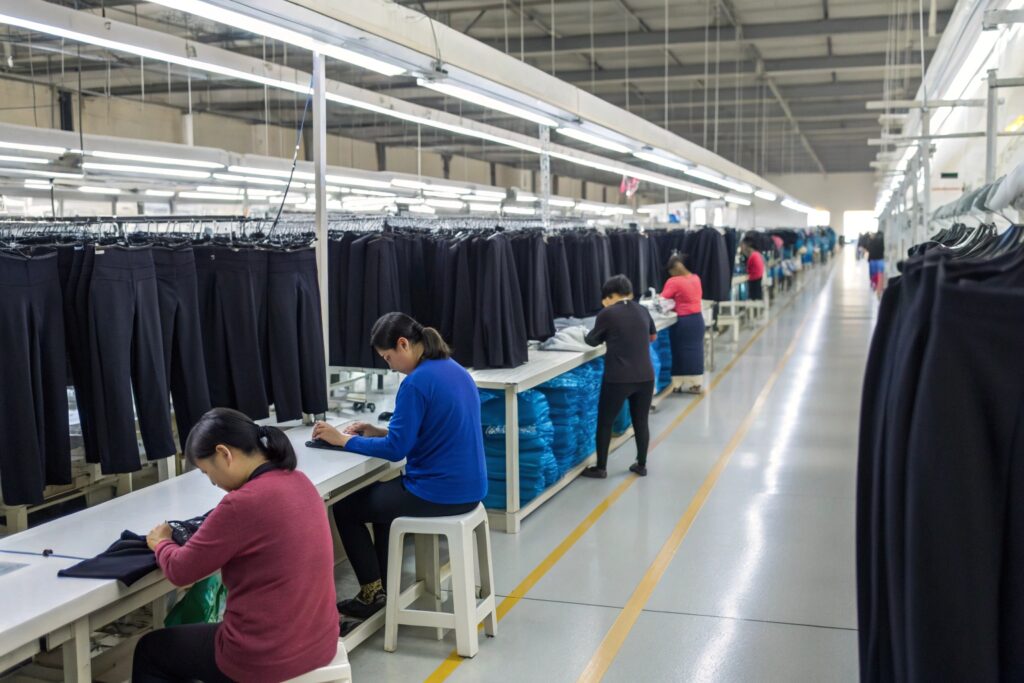
Why do brands use Asian factories?
Because they get scale, speed, and savings. Gymshark started small in the UK but grew fast by partnering with experienced suppliers in Asia. Chinese factories3, including Fumao Clothing, offer flexible MOQs, skilled labor, and access to top-grade synthetic fabrics. They’re also used to fast fashion demands4 and can adapt quickly.
In places like Portugal or Turkey, brands may get slightly better shipping times to Europe, but costs are higher. That’s why many brands still prefer Chinese suppliers for their core items. We’ve worked with similar brands where quality is top priority, but cost control matters too.
When sourcing from Asia, good communication and clear expectations make the difference. That's where many people fail — they assume the factory knows what they want, but they don’t explain it well.
What can I learn from Gymshark?
Gymshark started in a garage, printing shirts themselves. Later, they outsourced to cut costs5 and grow faster. They focus on branding and community while letting factories handle production.
You can do the same:
- Start with small batches
- Test different styles (leggings, tops, sports bras)
- Build a loyal customer base
- Reinvest profits to grow your collection
We help clients scale in phases — first 200 pieces, then 1,000, then more. That keeps inventory risk low and ensures you stay profitable.
How big is the gym clothing industry?
Some people think gym wear is just a trend. But the numbers tell a different story. It’s a booming category that keeps growing.
The global gym clothing market is worth over $220 billion and is expected to grow steadily due to health awareness and athleisure trends.

Why is activewear demand rising?
People are working out more, but they also wear activewear outside the gym. This “athleisure6” trend mixes fashion with comfort. Brands now design gym clothes for both function and daily wear.
Social media also plays a role. Influencers and fitness coaches promote gym wear daily. This boosts demand. In my own business, we’ve seen more buyers asking for crossover styles — like gym leggings that look like pants or sports bras with matching jackets.
Another reason is the rise of boutique gyms7 and home workouts. From yoga to CrossFit to TikTok dance routines, people want stylish, functional clothes.
Here’s a breakdown of major market segments:
| Market Segment | Notes |
|---|---|
| Women’s Activewear | Largest segment, high repeat buyers |
| Men’s Performance Gear | Growing, especially in compression wear |
| Athleisure | Worn casually, big on social media |
| Sustainable Activewear | Increasing demand from eco-conscious buyers |
If you’re entering this space, now is a great time. Just make sure your products solve a problem — comfort, sweat control, durability, or unique design. That’s how you stand out.
How can I benefit from this trend?
Start with one core product. Maybe it’s squat-proof leggings, anti-odor tank tops, or a matching gym set. Position it well — explain what problem it solves. Then expand slowly. Many of our clients begin with only two items, then launch 10+ styles over a year.
It also helps to launch with a story — like “built for plus-size yoga” or “designed by personal trainers.” Buyers care about the message, not just the fabric.
Which clothing material is best for the gym?
Using the wrong fabric ruins gym clothes. They tear, trap sweat, or feel uncomfortable. That’s why fabric choice matters more than most people realize.
The best materials for gym clothing include polyester blends, nylon, spandex, and moisture-wicking fabrics like Supplex and Coolmax.

What’s wrong with cotton for workouts?
Cotton absorbs sweat but doesn’t dry fast. That leads to chafing, odors, and discomfort. Polyester and nylon blends are better. They wick moisture away and dry quickly. Spandex adds stretch and helps the fabric keep its shape after many washes.
Here’s a quick comparison:
| Fabric Type | Pros | Cons |
|---|---|---|
| Cotton | Soft, breathable | Absorbs sweat, dries slowly |
| Polyester | Lightweight, moisture-wicking8 | Can hold odors |
| Nylon | Durable, smooth feel | Slightly more expensive |
| Spandex | High stretch, supports movement | Needs blending for comfort |
| Supplex | Cotton feel + performance | Higher cost |
How do I select the right fabric?
Think about your customer’s needs. Do they do high-intensity workouts or light yoga? Hot climates or cold? For intense workouts, choose polyester-spandex blends9 with mesh panels. For yoga or lounge sets, a cotton-spandex blend10 might work better.
We often recommend 88% polyester + 12% spandex as a starting point. It balances stretch, breathability, and printability. If your brand is eco-conscious, we also offer recycled polyester blends.
Always test the fabric by washing it, stretching it, and wearing it for a full workout. Some buyers don’t test, and end up with leggings that get see-through in squats. That hurts the brand.
Conclusion
Finding the right gym wear manufacturer means less risk and more success. Start smart, test often, and grow with a partner who gets your brand goals.
-
Understanding your target customers is crucial for tailoring your products and marketing effectively. Explore this link to gain insights on customer identification. ↩
-
Finding the right manufacturer for customized gym wear can make or break your brand. This resource will guide you in selecting the best options. ↩
-
Explore the benefits of Chinese factories, including cost efficiency and skilled labor, to understand why many brands choose them. ↩
-
Learn how factories adapt to fast fashion demands, ensuring quick turnaround times and flexibility for brands. ↩
-
Discover the reasons behind outsourcing manufacturing, including cost savings and efficiency, to enhance your business strategy. ↩
-
Explore the athleisure trend to understand how fashion meets fitness, influencing consumer choices and boosting activewear demand. ↩
-
Learn how boutique gyms are changing the fitness landscape and driving demand for stylish, functional activewear. ↩
-
Explore the advantages of moisture-wicking fabrics to enhance your workout experience and comfort. ↩
-
Discover why polyester-spandex blends are ideal for intense workouts and how they improve performance. ↩
-
Learn how a cotton-spandex blend can provide comfort and flexibility for your workout attire. ↩
